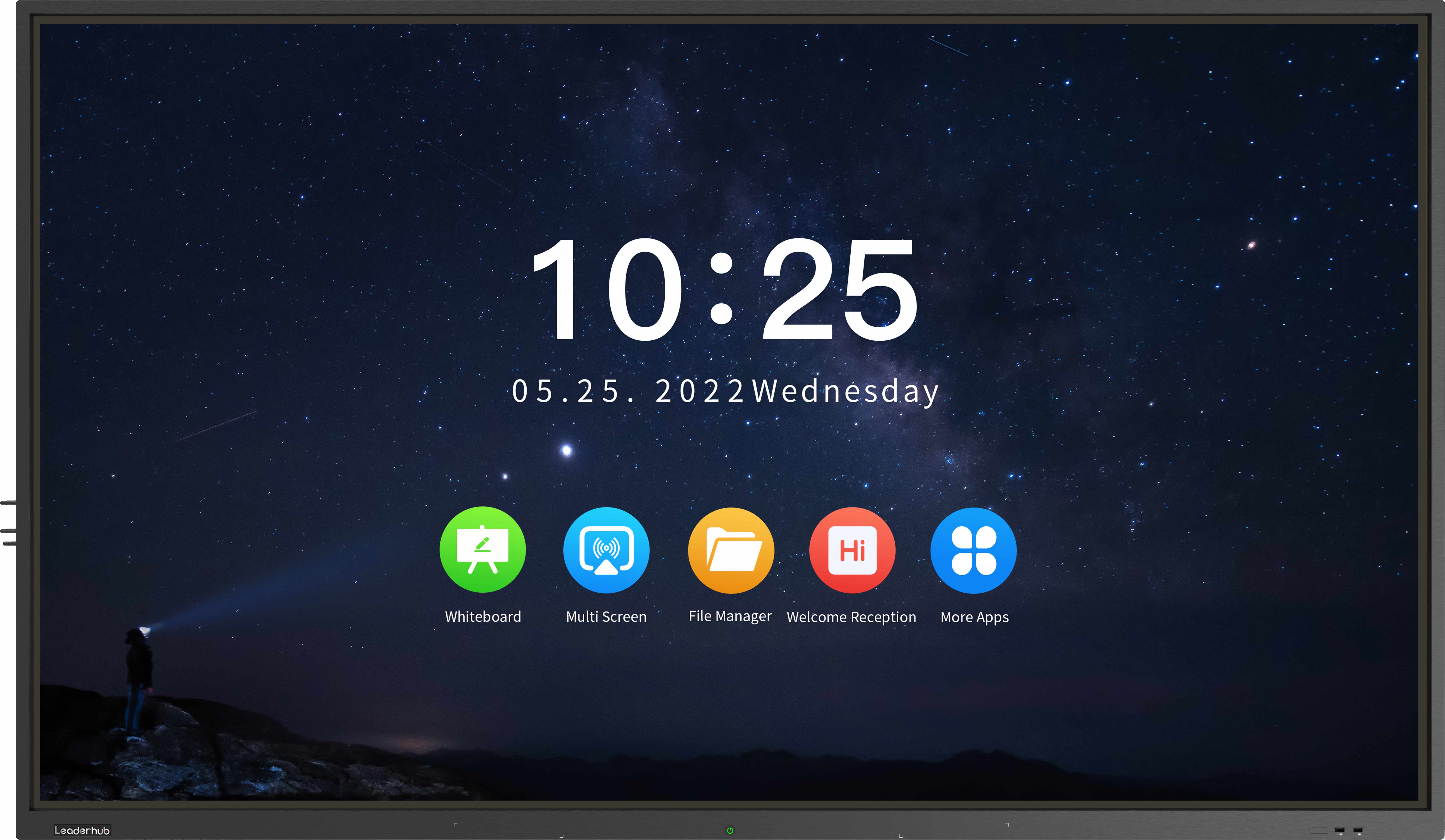Exploring the Relationship between Classroom Interactive Whiteboards and Teaching Effectiveness

The advent of technology has revolutionized the way education is delivered in classrooms. One such technological innovation is the introduction of interactive whiteboards. This article aims to analyze the influence of classroom interactive whiteboards on teaching effectiveness. It will explore the benefits, challenges, and implications of using interactive whiteboards in the educational setting.
1. Benefits of Classroom Interactive Whiteboards
Interactive whiteboards offer numerous benefits that contribute to enhanced teaching effectiveness. Firstly, they provide a visually dynamic and interactive platform that captures students' attention and stimulates their engagement. The use of multimedia resources, such as videos and animations, facilitates better understanding and retention of information.
Secondly, interactive whiteboards enable real-time feedback and collaboration. Teachers can directly interact with the board, incorporating student responses and ideas into the lesson. This fosters an inclusive and participatory learning environment, promoting students' critical thinking skills and active participation.
Furthermore, interactive whiteboards offer flexibility and adaptability. Teachers can easily modify and update teaching materials, tailoring them to individual students or specific learning needs. This customization enhances the personalization of education, catering to different learning styles and promoting student-centered learning.
2. Challenges and Considerations
While interactive whiteboards offer numerous benefits, certain challenges and considerations need to be addressed. Firstly, the cost of implementing and maintaining interactive whiteboards can be prohibitive for some educational institutions. Adequate training and support for teachers are also crucial to ensure effective use of the technology.
Additionally, there may be a learning curve for teachers in adapting to the interactive whiteboard technology, requiring extra time and effort in lesson preparation. Furthermore, the reliance on technology can sometimes lead to technical issues or malfunctions, disrupting the flow of the lesson. It is important to have contingency plans and alternative teaching methods to mitigate these challenges.
3. Implications for Teaching Effectiveness
The integration of interactive whiteboards into classrooms has significant implications for teaching effectiveness. Research has shown that interactive whiteboards have a positive impact on student engagement and motivation, leading to improved learning outcomes. The interactive nature of the whiteboards fosters a collaborative learning environment, enhancing information retention and recall.
Additionally, interactive whiteboards support differentiated instruction by accommodating diverse learning styles and needs. Teachers can easily adapt their teaching methods to cater to individual students, providing personalized learning experiences. This individualized approach promotes inclusivity and ensures that no student is left behind.
In conclusion, classroom interactive whiteboards have a transformative influence on teaching effectiveness. The benefits of enhanced student engagement, real-time collaboration, and customizable teaching materials outweigh the challenges associated with implementation and maintenance. By leveraging the full potential of interactive whiteboards, educators can create dynamic and effective learning environments that empower students and foster their academic growth.

